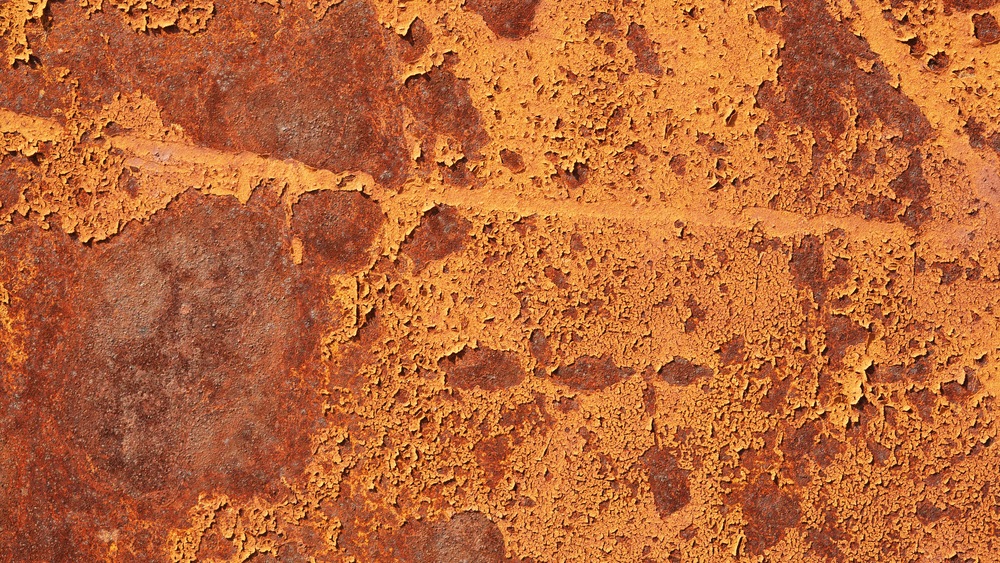
Led by Prof. Joanna Aizenberg, the Harvard team utilized electrochemical deposition to apply a a surface coating of rough nanoporous tungsten oxide to small sheets of steel. This coating took the form of an utra-thin film, actually made up of hundreds of thousands of separate microscopic tungsten oxide "islands." The resulting surace roughness keeps liquid from sticking to the steel.
Additionally, because they're not connected to one another, if any of the islands are damaged by abrasion to the film, that damage stays localized instead of affecting the whole coating.
In lab tests, even after the samples were scratched using a variety of tools, liquids such as water, oil, acid and biological fluids were easily repelled. Additionally, however, the addition of the tungsten oxide made the steel structurally stronger than uncoated samples.
It is hoped that once developed further, the technology could be used for applications such as biofouling-resistant ship hulls, ultra-clean surgical tools or parts for 3D printers that utilize sticky materials.
"Our slippery steel is orders of magnitude more durable than any anti-fouling material that has been developed before," says Aizenberg. "So far, these two concepts – mechanical durability and anti-fouling – were at odds with each other. We need surfaces to be textured and porous to impart fouling resistance but rough nanostructured coatings are intrinsically weaker than their bulk analogs. This research shows that careful surface engineering allows the design of a material capable of performing multiple, even conflicting, functions, without performance degradation."

 Previous page
Previous page Back to top
Back to top







